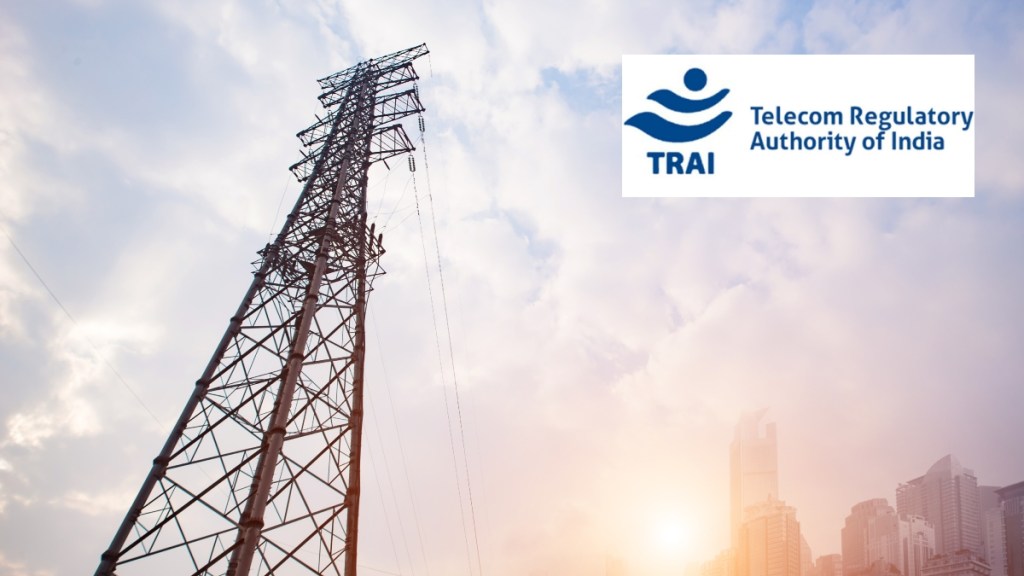The Telecom Regulatory Authority of India (Trai) has revised its earlier recommendations on spectrum allocation for Public Mobile Radio Trunking Service (PMRTS), advising that spectrum assignment be capped at five years instead of 20 years. This marks a significant shift from Trai’s 2018 stance and reflects the regulator’s recognition of the rapid transition from legacy narrowband radio systems to broadband-based critical communications.
In its detailed response to the department of telecommunications’ (DoT) July 2025 back-reference, Trai explained that binding PMRTS operators to 20-year assignments on 25 KHz legacy spectrum blocks could trap the industry in technologies that may soon be obsolete. With countries moving towards 4G/5G-enabled mission-critical communication systems—such as FirstNet in the US and Safe-Net in South Korea—the regulator argued that India should retain flexibility to adapt.
Keeping spectrum validity long-term may prove counterproductive as narrowband demand and device ecosystems weaken over the next decade, TRAI said, recommending that spectrum be assigned for five years with the option of renewal after review.
DoT’s preference
On pricing and charges, Trai aligned with DoT’s preference for annual royalty payments but modified its earlier proposal of a 20-year upfront model to a pro-rata five-year structure. It also supported DoT’s position that Spectrum Usage Charges (SUC) be set at 1% of Adjusted Gross Revenue (AGR), without deductions for handset sales, aligning PMRTS with broader telecom reforms introduced under the Telecommunications Act, 2023.
Public Protection and Disaster Relief (PPDR) networks
The regulator has also reiterated its call to reserve the 814–824 MHz/859–869 MHz band for Public Protection and Disaster Relief (PPDR) networks, stressing that India requires a dedicated, high-quality network for emergency and disaster response.
Industry experts believe Trai’s move to a five-year spectrum validity represents a pragmatic middle path. It provides existing PMRTS users—including oil & gas, mining, utilities, and emergency services—short-term certainty while leaving room for India to transition to broadband-based critical communications as the global ecosystem evolves.







